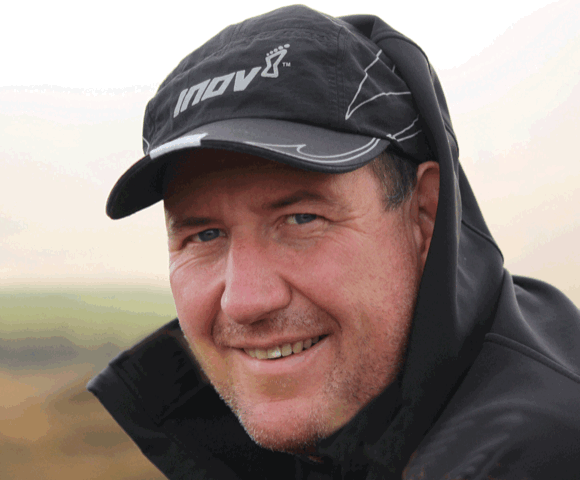In the UK we only have one species of native venomous snake - the adder. The last death from an adder bite in the UK was in 1975. People do get bitten by adders every year but dying from their bite is unlikely. Very rarely do people have severe reactions to the venom but it’s always best to seek medical help if you’re bitten.
Adders usually like to bask in the sun on rocks and will be more surprised to see you than you are of it. If you do see one, stay calm, keep your distance and let it move away in it’s own time. They often sense you approaching and will move away before you even know they are there. Often its dogs that disturb Adders, and bites can be quite dangerous for smaller dogs, but much less so for humans.
What does an adder look like?
Adders have variability in their colour but have have a distingtive diamond or zig-zag pattern. They may be grey, brown or rarely black. Adults are 40-70cm long.
What to do if you are bitten by an Adder?
1. Don't panic
Stay Calm. If you get bitten most importantly – don’t panic, stay calm. It is likely that little venom has actually been dispensed. However, minimising your movements limits the pumping of any venom around the blood system and towards the heart. If the casualty jumps up and starts running around, they will start to move any venom in their body around in the blood stream.
2. Wash the bite site
The area of the bite should be irrigated to remove any venom from the skin. Use clean water, water from your drinking water bottle will be fine. You might put a ‘cold compress’ on the bite site but do not apply ice packs. A cold compress could be bandage, t-shirt, beanie or other material soaked in cool water.
3. Keep the bite site low
Keep the bitten limb below the heart height to slow spread of any venom. Assuming it is their leg that has been bitten, sit the casualty down with their leg downhill. Loosen clothing on the affected limb and remove jewellery.
Sometimes Adders do ‘dry bites’ where venom is not injected, although you may still have some symptoms from the bite. First aid response is the same as you won’t know if venom has been injected or not until you are assessed in hospital.
Monitor the casualty’s vital signs regularly. Write these down their breathing rate & pulse. Give this information to the hospital or ambulance service. You can download a free Casualty Monitoring card from our website.
4. Avoid ‘cowboy' first aid
Do not 'cut and suck' cutting into the wound is harmful and why would you want to suck up the poisoned blood and put poison into your own system? Tourniquets are not appropriate for adder bites. The suction and electrical devices you may have seen have no evidence showing they work effectively.
5. Reassure the casualty and seek medical support.
No doubt the bite will be painful, cause swelling, tingling and distress. However as long as the casualty doesn’t have an underlying health problem, they should be OK. Let the casualty take their time, after an initial period of 20-30 minutes the casualty may stand slowly and start to walk out with support and head for the nearest A&E Department.
If the casualty is a child or an elderly adult there would be more concerns. Their smaller body weight means any toxins would have a greater effect so it would be recommended that you call 999/112 straight away. However, the advice above still remains the same. Keep calm, avoid lots of movement, and reassure the casualty.
Statistically you have more chance of being killed by a wasp than dying from a bite from Britain’s only venomous snake. The last death from an adder bite in the UK was in 1975.
For more information about dealing with other first aid issues don’t forget to download your free digital Outdoor First Aid manual by going to our free manual download page.
Anyone looking to book on an outdoor first aid course can check our website.

CORY JONES, Outdoor First Aid Limited
Cory Jones runs Outdoor First Aid Limited (https://outdoor-first-aid-courses.com) and has been delivering Outdoor/Mountain First Aid training courses for the last 15 years. Cory is an International Mountain Leader, Kayak and Canoe Leader based in the north west highlands near Torridon. We hope the first aid blogs posted on MWIS give walkers and outdoor enthusiasts some confidence and skills for safe travel in the mountains. Cory runs outdoor first aid courses for the public to join in partnership with First Aid Training Co-operative (https://firstaidtrainingcooperative.co.uk/outdoor/).

